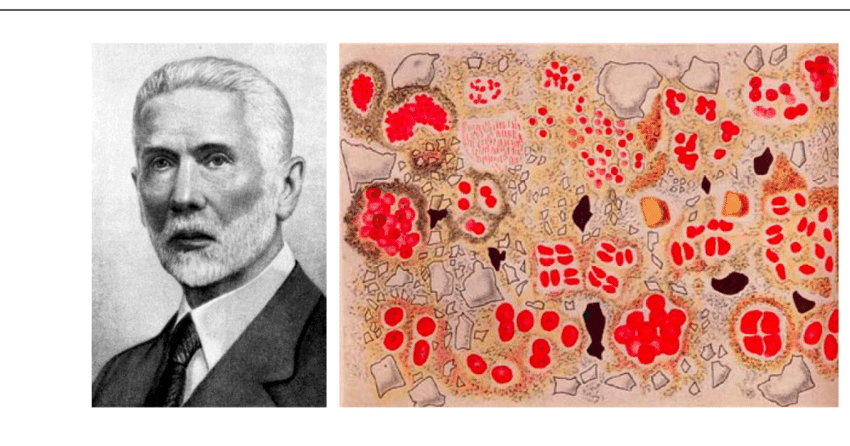His focus was on soil microbes: Who is Sergei Wingoradsky?
Sergei Nikolaievich Wingoradsky (1856-1953) was a Russian microbiologist and ecologist who made important scientific discoveries in the field of microbial ecology. His focus is on the interaction between soil microbes.

Name: Sergei Wingoradsky
Nationality: Russian
Year of Birth and Death: 1856-1953
Achievement: Discovered chemoautotrophs and their importance in the nitrogen cycle
Award: Leeuwenhoek medal
Sergei Nikolaevich Winogradsky (September 1856 – 25 February 1953), also published under the name Sergius Winogradsky, was a Russian microbiologist, ecologist and soil scientist who pioneered the cycle-of-life concept. Winogradsky discovered the first known form of lithotrophy during his research with Beggiatoa in 1887. He reported that Beggiatoa oxidized hydrogen sulfide (H2S) as an energy source and formed intracellular sulfur droplets. This research provided the first example of lithotrophy, but not autotrophy. Born in the capital of present-day Ukraine, his legacy is also celebrated by this nation.
Chemoautrophy
Organisms are divided into two groups according to their carbon sources. Hetoautotrophs, like humans, obtain carbon from organic sources (plant and animal materials). Autotrophs; Plants, such as (micro)algae and cyanobacteria, obtain carbon from inorganic sources (predominantly CO2 in the air). For a long time, it was thought that autotrophs obtained energy only from sunlight (i.e., photoautotrophs), but Wingoradsky discovered in 1887 that some autotrophs could use inorganic substrates as an energy source. In doing so, a new class of microbes emerged, known in science as chemoautotrophs. We now know that chemoautotrophs are vital to the nitrogen cycle in nature.
We also benefit from the activities of chemoautotrophic bacteria in our homes that have aquariums. They live in filters, where they convert toxic waste ammonia, an inorganic energy source, into nitrate.
Wingoradsky Column
Wingoradsky column is a closed column in which various microbial communities are cultured. Its structure is quite simple, pond sludge consists of a combination of water, an organic carbon source (e.g. shredded newspaper), calcium (e.g. crushed eggshells), and sulfur (e.g. gypsum). By exposing the column to light, it is possible to support diverse microbial communities. Different areas within the column will receive different amounts of light and oxygen/nutrient concentrations. As a result, various species communities settle close to each other. It appears as a (vivid) mosaic of color to the naked eye.
